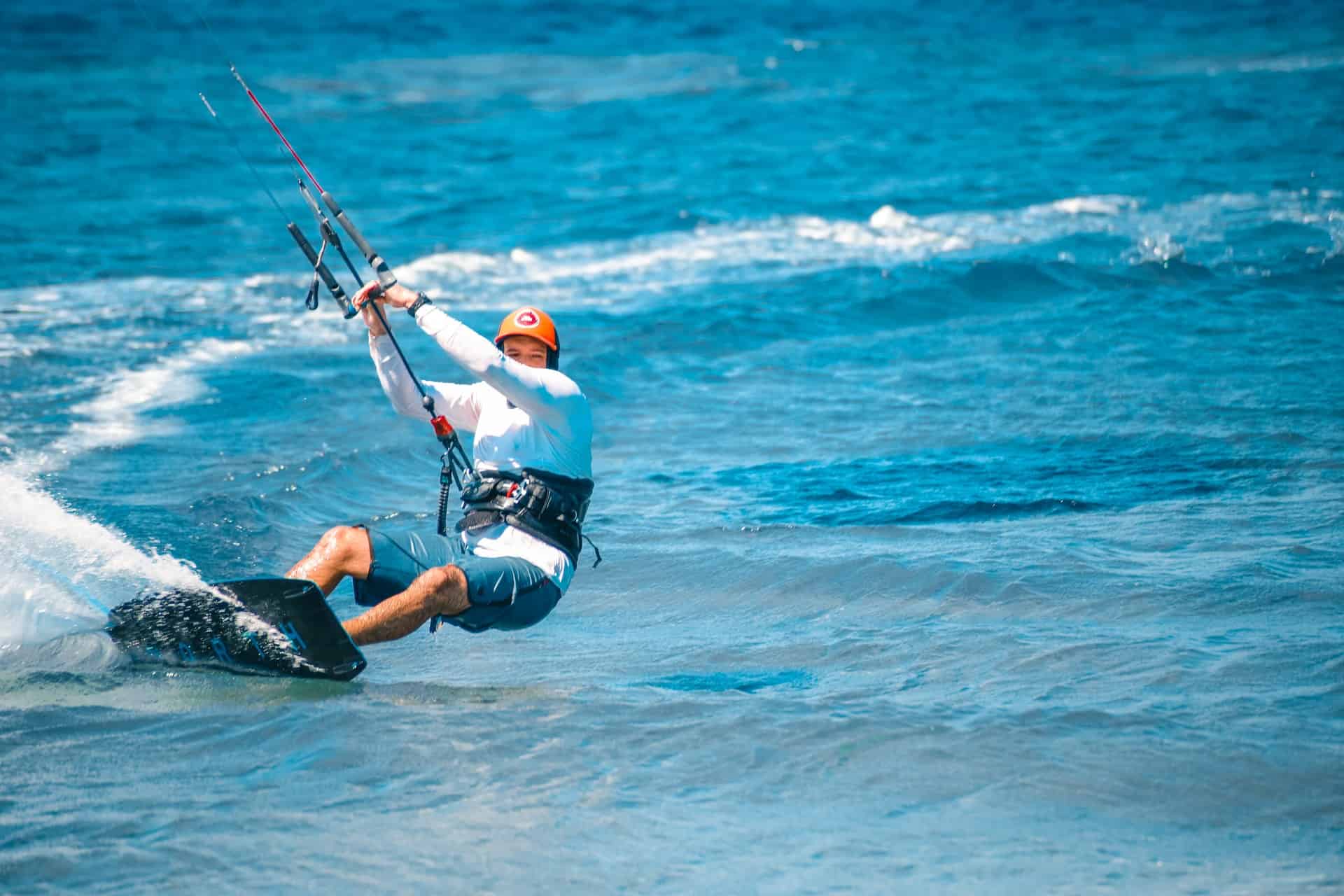
Water is of course an integral part of kitesurfing, but equally important element in this discipline is wind which has a gigantic influence on the whole activity. Here is everything you should know about it.
There are two key parameters to take into account when kitesurfing: wind direction and wind force. Only by getting a complete picture of the prevailing wind conditions outside will we be able to determine whether the weather is favorable for kitesurfing. The fact is that without wind it would be impossible to practice kitesurfing and therefore it has a natural influence on the quality and safety of the activity. Let’s check which parameters will be the most favorable in the context of practicing water-wind sport.
Kitesurfers distinguish three basic types of wind with regard to its direction. The first one is on-shore, which is when the wind gusts are directed towards the shore. This creates relatively safe conditions, which can, however, turn against us – a powerful wind will push us to the shore, which sometimes ends with a painful fall.
As you can guess the opposite type of direction is off-shore – here gusts run already from the land side. Kitesurfing in off-shore wind is a solution only for people who like risk. Strong gusts of wind pull the kitesurfer deep into the body of water and as we know water is a deadly element. Not without a reason why even the most experienced kitesurfers are reluctant to go off-shore.
The golden mean turns out to be the so-called side-shore, which provides the best conditions for swimming. The wind runs then along the shoreline and can take two settings, namely side-shore and side-on-shore. Especially if you are just starting your kitesurfing adventure, you should choose such conditions.
The second of the mentioned aspects is the wind strength – without proper parameters in this range, even the most favorable wind direction will not give us a successful kitesurfing. To measure the wind speed three measures are used: knots, Beaufort scale and the well known kilometers per hour.
For beginners the best wind speed is 12-19 km/h or 7-10 knots depending on the measure used, which is 3 on the Beaufort scale. After gaining first experience you can try your hand at 4 (20-29 km/h, 11-16 knots) or 5 (30-39 km/h, 17-21 knots) degrees. The 5th degree is a kind of a limit that should not be exceeded by beginners.
The next one, i.e. the 6th degree on the Beaufort scale (40-50 km/h, 22-27 knots) is intended for people with specific skills and who have mastered the basics of kitesurfing. The most experienced kitesurfers can face strong winds of the 7th or even 8th degree (51-75 km/h, 28-40 knots). Wind that reaches such high speeds requires perfect preparation and control of the equipment.
main photo: unsplash.com/julio andres rosario ortiz